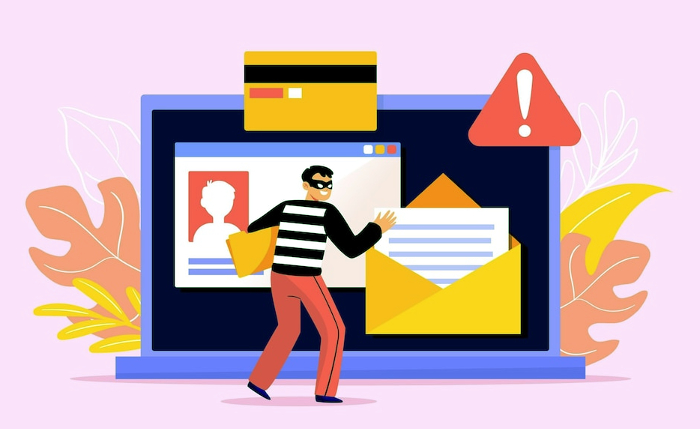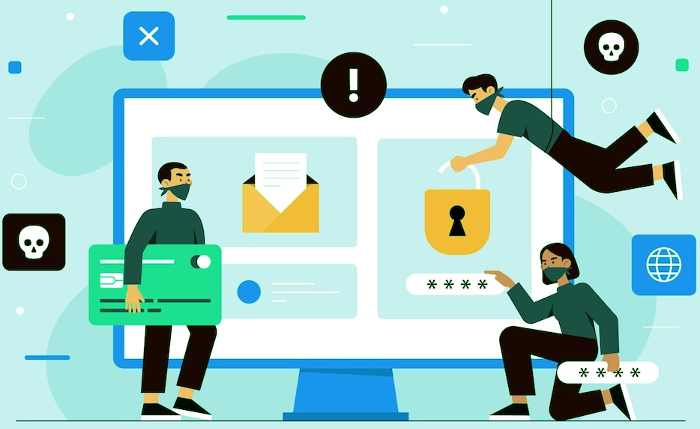Email Security Essentials: Protecting Your Communications With Phishing Prevention
In today's digital age, email has become a primary means of communication in both personal and professional settings. Unfortunately, this also means that email has become a prime target for cybercriminals looking to steal valuable information or infect systems with malware.
Phishing is one of the most common email-based attacks, and it continues to evolve and become more sophisticated. As the number of phishing attacks continues to rise, it's more important than ever to take email security seriously.
In this blog post, we'll discuss email security essentials and the importance of protecting your communications with phishing prevention. We'll explore the various types of phishing attacks and how they work, as well as the potential consequences of falling victim to one.
We'll also provide practical tips and strategies for preventing phishing attacks, including how to identify suspicious emails and what to do if you receive one. Through increased awareness and a proactive approach to email security, you can protect your personal and professional information from falling into the wrong hands.
Grasping the Concept of Phishing:
Cybercriminals employ a cunning tactic known as phishing to manipulate unsuspecting individuals into divulging sensitive information such as login credentials, financial data, or personal details. By assuming the guise of reputable entities like banks, government agencies, or well-established companies, these attackers effectively entice victims to click on harmful links or download malicious attachments.
Phishing emails frequently employ psychological manipulation techniques to exploit the emotions of recipients, inducing a feeling of urgency or fear in order to coerce them into immediate action. The primary objective behind these attacks is to pilfer valuable data or disseminate malicious software.

Promoting User Education and Awareness:
The initial line of protection against phishing attacks relies on a user base that is both well-informed and watchful. Organize frequent training sessions to educate individuals who utilize email, such as employees, family members, or anyone else, regarding the risks posed by phishing attempts.
Educate them on the identification of suspicious emails, such as detecting unfamiliar senders, spotting spelling errors, and identifying requests for sensitive data.
Implement Robust Authentication:
Make sure all email accounts have strict password rules. Promote the use of passwords that are unique and difficult to guess, and try to use multi-factor authentication whenever you can. Multi-factor authentication adds an extra level of security by asking users to provide a second form of verification, like a fingerprint or a temporary code sent to their phone.
Deploy Effective Email Filtering Systems:
Employ state-of-the-art email filtering solutions that have the ability to recognize and isolate phishing emails before they are delivered to users' inboxes.
These filters
- leverage machine learning algorithms to evaluate the content
- reputation of senders
- behavior of attachments
- enabling them to detect dubious messages effectively.
Consistently keep software up to date and apply patches:
It is important to regularly update your email client, operating system, and antivirus software with the latest security patches to prevent cybercriminals from using outdated software vulnerabilities to send malware through email.
Implement Email Authentication Protocols:
Utilize SPF, DKIM, and DMARC as email authentication protocols for verifying the genuineness of incoming emails. By implementing these protocols, one can effectively thwart email spoofing attempts in which attackers deceitfully impersonate the sender's identity.

Confirm the validity of links and attachments:
It is essential to validate the credibility of links and attachments in emails before interacting with them. To do so, hover your mouse over the links and compare the actual URL with the expected destination. Remain vigilant of unexpected attachments, especially when they appear in unsolicited emails.
Protect Confidential Information:
To safeguard sensitive information sent via email, it is essential to employ encryption techniques, which shield the data from unauthorized access. Numerous email clients and services provide built-in encryption features, while others permit the utilization of external encryption tools.
Make it a habit to frequently create backups of your email:
It is important to establish a routine for backing up your email data to a safe location. Should you encounter a phishing attack or experience data loss, having a backup will enable you to restore your crucial emails and attachments.
To conclude, email security is an essential component of any organization's cybersecurity strategy. Without proper protection, sensitive information can be exposed, and cybercriminals can cause substantial financial and reputational damage. By implementing phishing prevention measures, such as employee training, spam filters, and multi-factor authentication, companies can significantly reduce the risk of phishing attacks and improve their overall email security posture. It's crucial to stay vigilant and proactive in protecting your communications, and with the right tools and knowledge, you can safeguard your organization from the growing threat of phishing attacks. PhishProtection can help you with this.